Surveying Turning Points
Most superintendents had a surveying class in college, but when a skill isn’t used everyday, it can be difficult to remember the lessons that were learned many years ago. I thought it would be helpful to provide a basic chart that could be kept as a reference for the next time you need to survey an area for drainage. This chart can be used in a log book that can be purchased from any surveying store, or created in any program, such as Excel, that can create columns. The six columns are set up as shown below.
There are six columns in your log. The first column identifies the point that is being shot. The second column …


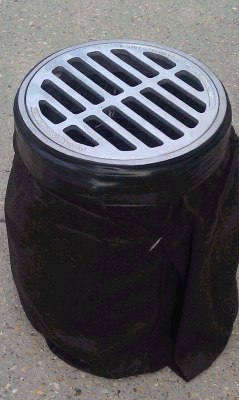 eatures of these basins is the simplicity with which they can be raised. Every superintendent has dealt with basins that have become too low because of thatch accumulation, or maybe they were just installed a little too low.
eatures of these basins is the simplicity with which they can be raised. Every superintendent has dealt with basins that have become too low because of thatch accumulation, or maybe they were just installed a little too low.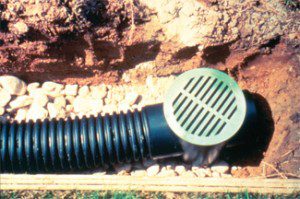
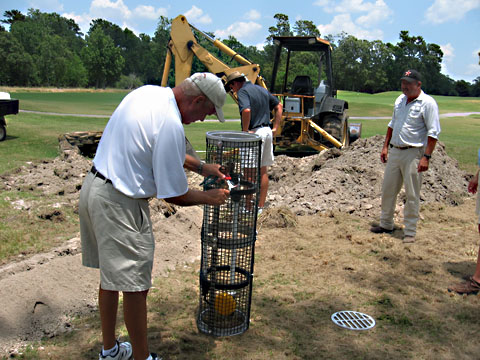
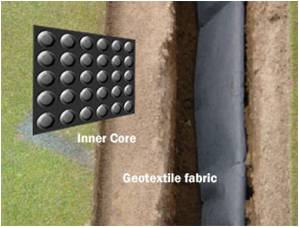
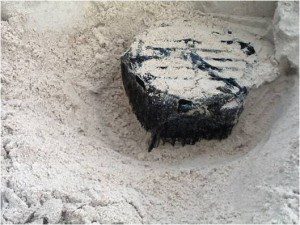
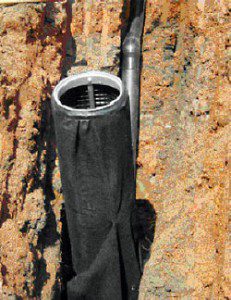 There is much misunderstanding as to when and why someone should use a siphon as opposed to a gravity relief. The first thing that we should clarify is that the Turf Drain Siphon System is a transportation system, and not a collection system. However, having said that, a siphon basin does have the ability to collect surface water through its open inlet, and seepage water through its permeable sidewalls. But these collection components aren’t the determining factor as to when it should be used. The primary factor that determines …
There is much misunderstanding as to when and why someone should use a siphon as opposed to a gravity relief. The first thing that we should clarify is that the Turf Drain Siphon System is a transportation system, and not a collection system. However, having said that, a siphon basin does have the ability to collect surface water through its open inlet, and seepage water through its permeable sidewalls. But these collection components aren’t the determining factor as to when it should be used. The primary factor that determines …